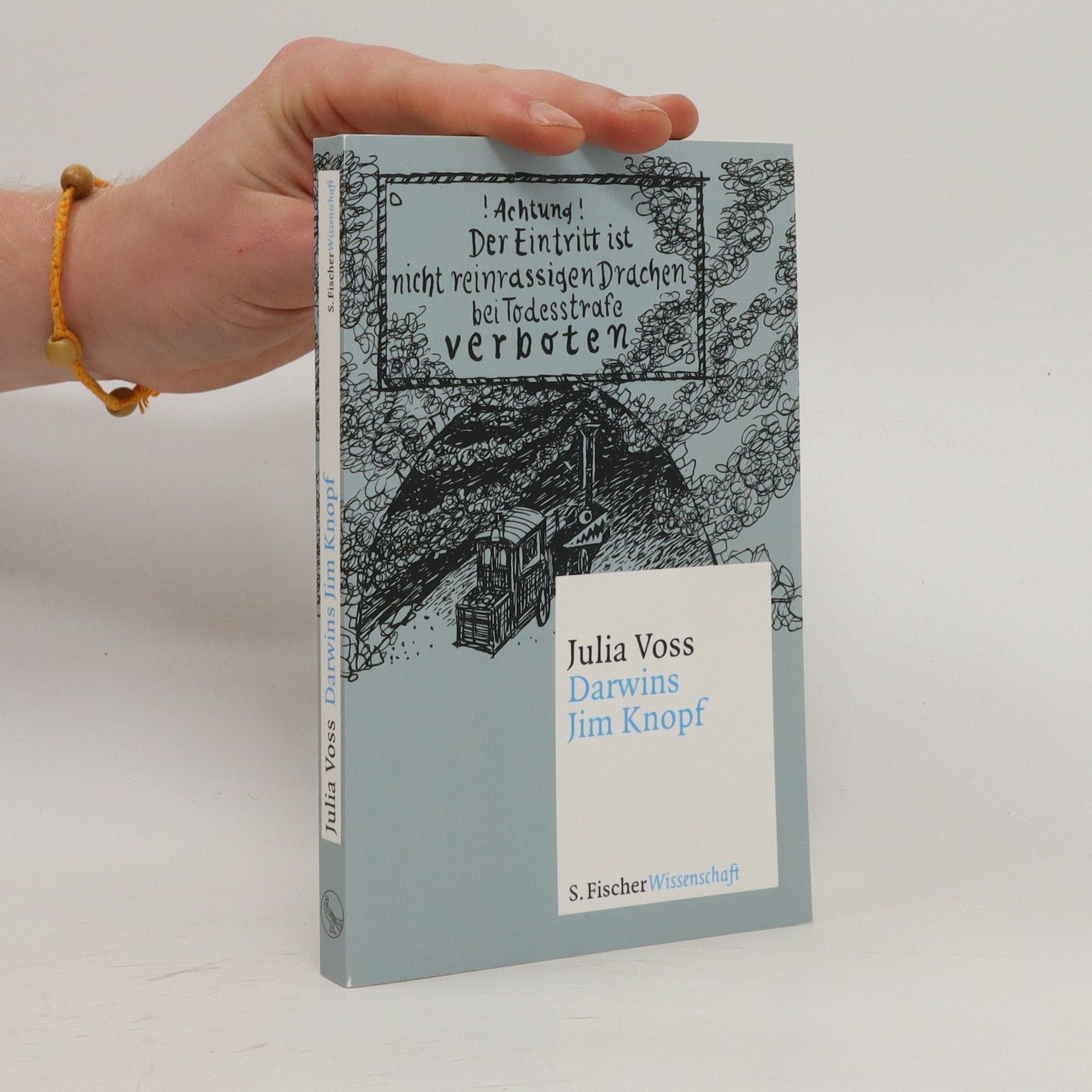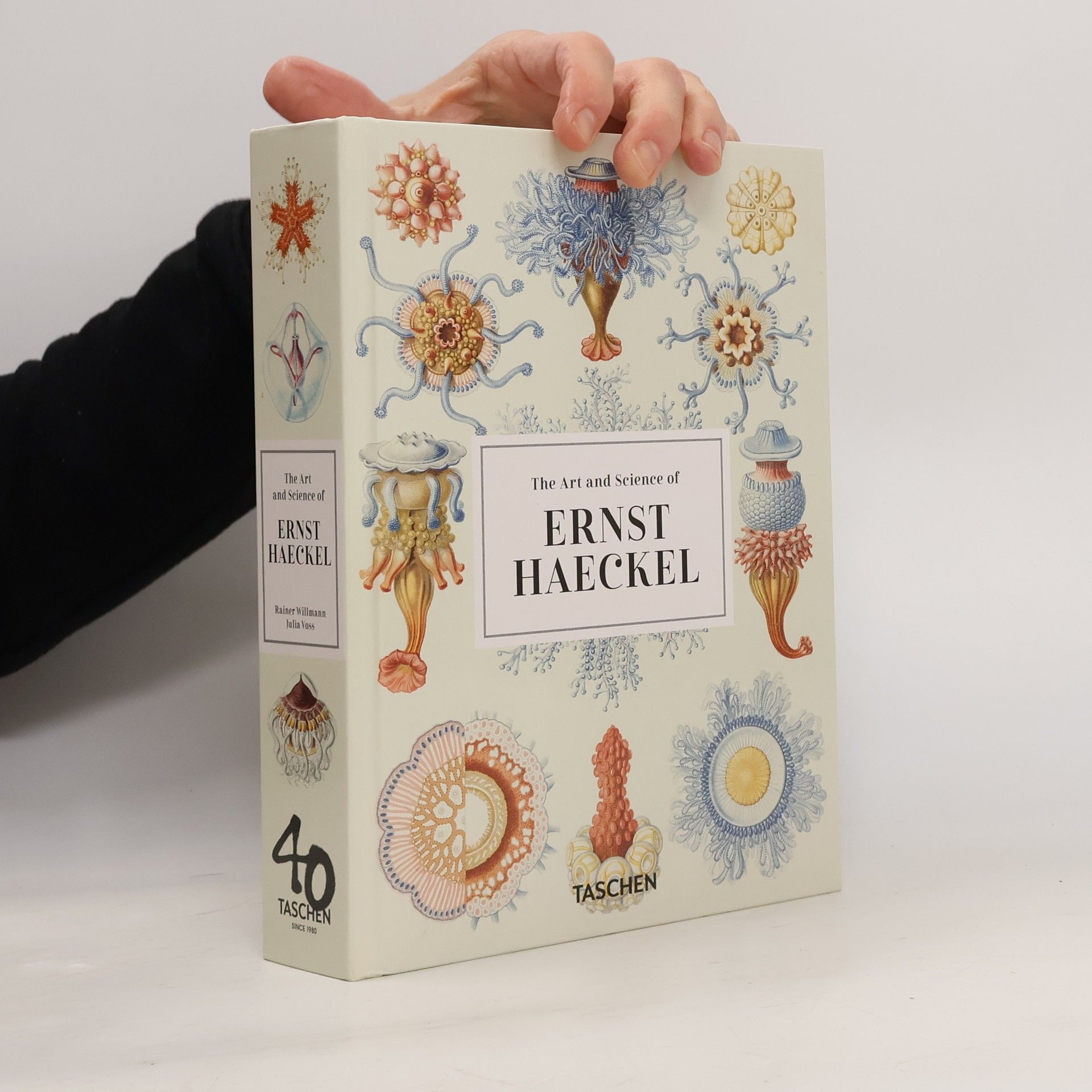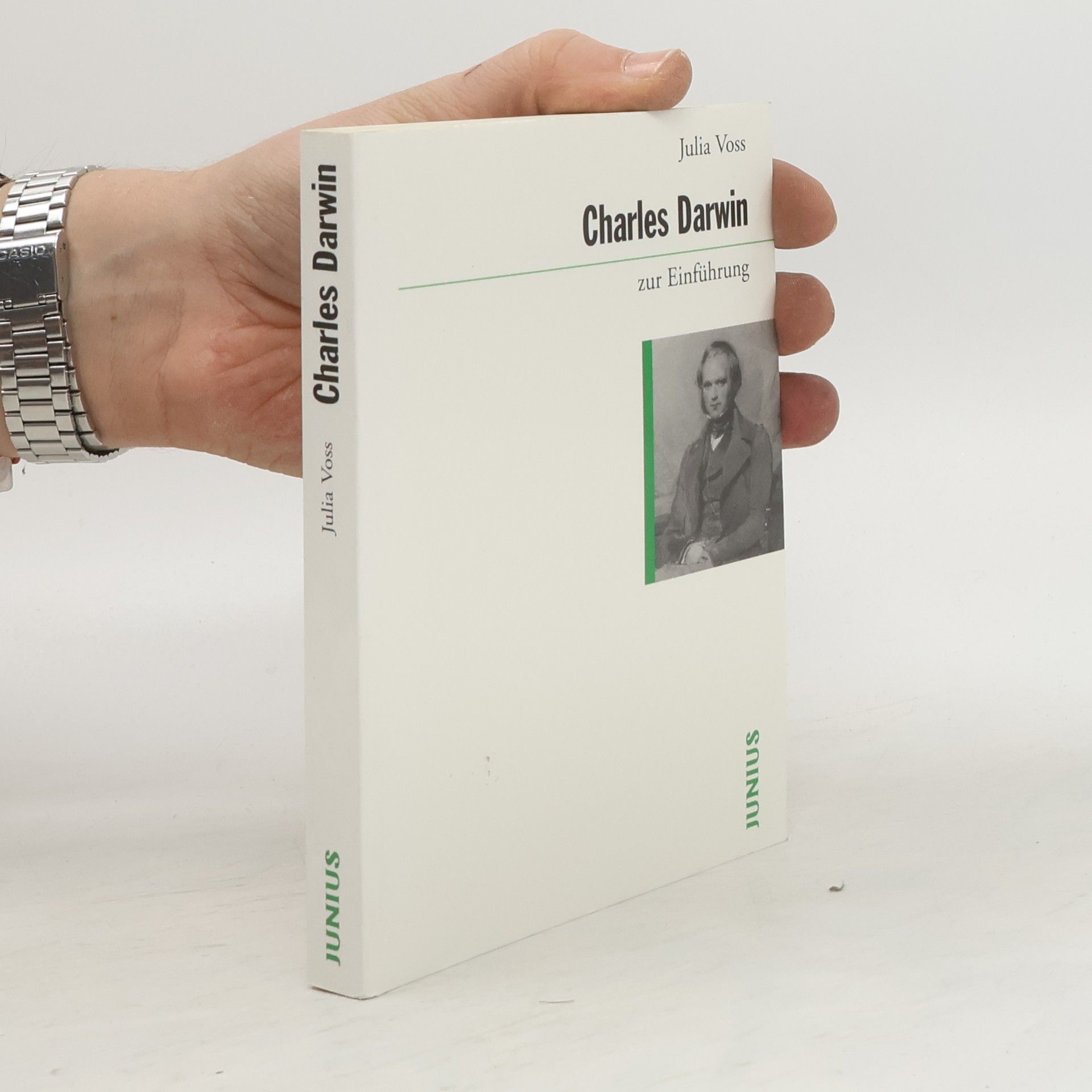In ihrer Biographie würdigt Julia Voss die schwedische Künstlerin Hilma af Klint, Pionierin der abstrakten Malerei. Mit über 1.000 beeindruckenden Werken revolutionierte sie die Kunst vor Kandinsky und Mondrian. Voss schildert das außergewöhnliche Leben dieser talentierten Frau und ihre Abkehr von den männlichen Kunstnormen.
Julia Voss Book order






- 2024
- 2024
Innovatorinnen gestalten Zukunft
Fallstudien für Praxis und Lehre
Dieses Open Access essential bietet praxisnahe Fallstudien, die auf realen Beispielen von Innovatorinnen basieren. Es beleuchtet die vielfältigen Rollen von Frauen in Innovationsprozessen und betont die Wichtigkeit, deren Leistungen sichtbar zu machen sowie einen breiten Innovationsbegriff zu vermitteln.
- 2024
Hilma af Klint, Wassily Kandinsky und die Erfindung der Abstraktion im 20. Jahrhundert Bereits zu Lebzeiten gilt Wassily Kandinsky als Wegbereiter und Shootingstar der abstrakten Kunst, seine Bilder werden in den bedeutendsten Museen der Welt gezeigt, seine Malerei und Schriften prägen bis heute Generationen wie Debatten. Doch während Kandinskys Stern aufgeht, bleibt die schwedische Künstlerin Hilma af Klint, die zur selben Zeit wie er beginnt ungegenständlich zu malen, jahrzehntelang im Schatten der Kunstgeschichte. Julia Voss und Daniel Birnbaum lassen die beiden Ausnahmekünstler, deren Wege sich 1916 kreuzten, in ihrem Buch aufeinandertreffen. Auf dieser bildgewaltigen Reise erleben wir, wie af Klint und Kandinsky die kreativen Grenzen ihrer Zeit sprengten, Inspiration aus dem Spirituellen schöpften und sich mit ihrer Kunst bis ins hohe Alter hinein stets neu erfanden. Unabhängige und doch parallele Lebenswege, die um einen Fixpunkt kreisen: die alles verändernde Kraft der Kunst. Mit zahlreichen farbigen Abbildungen ist dies das Buch zur großen Doppelausstellung über Hilma af Klint und Wassily Kandinsky in der Düsseldorfer Kunstsammlung Nordrhein-Westfalen, die vom 16. März bis 11. August 2024 läuft. Mit einem Vorwort von Susanne Gaensheimer, Direktorin der Kunstsammlung Nordrhein-Westfalen.
- 2022
"A highly anticipated biography of the enigmatic and popular Swedish painter. The Swedish painter Hilma af Klint (1862-1944) was 44 years old when she broke with the academic tradition in which she had been trained. While her naturalistic landscapes and botanicals were shown during her lifetime, her body of radical, abstract works never received the same attention. Today, it is widely accepted that af Klint produced the earliest abstract paintings by a trained European artist. But this is only part of her story. Not only was she a successful woman artist, but she was also an avowed clairvoyant and mystic. Like many of the artists at the turn of the twentieth century who developed some version of abstract painting, af Klint studied Theosophy, which holds that science, art, and religion are all reflections of an underlying life-form that can be harnessed through meditation, study, and experimentation. Well before Kandinsky, Mondrian and Malevich declared themselves the inventors of abstraction, af Klint was working in a non-representational mode, producing a powerful visual language that continues to speak to audiences today. The exhibition of her work in 2018 at the Guggenheim Museum in New York City attracted more than 600,000 visitors, making it the most-attended show in the history of the museum/institution. Despite her enormous popularity, there has not yet been a biography of af Klint-until now. Inspired by her first encounter with the artist's work in 2008, Julia Voss set out to learn Swedish and research af Klint's life-not only who the artist was but what drove and inspired her. The result is a fascinating biography of an artist who is as great as she is enigmatic"-- Provided by publisher
- 2021
Für die vorliegende Publikation hat der Autor selbst eine Auswahl von neunzehn Texten getroffen. Der Schwerpunkt der Anthologie liegt auf dem Werk von Künstlern, denen er über einen langen Zeitraum verbunden war, darunter jeweils zwei Essays zu Hans Haacke, Sigmar Polke und Gerhard Richter. Darin schließen sich seine ausführlichen Betrachtungen zum "Kunstmarktkater" über die veränderte Rolle der Kunstkritik an. Den Abschluss bilden die Laudatio der Autorin und Kunsthistorikerin Julia Voss sowie Walter Grasskamps Dankesrede anlässlich der Preisverleihung, die er vor den internationalen Teilnehmerinnen und Teilnehmern des 52. Internationalen AICA-Kongresses (Köln/Berlin) am1. Oktober 2019 gehalten hat.
- 2021
Explore Ernst Haeckel, the 19th-century artist-biologist who found beauty in the most unlikely creatures. This collection features 300 prints from his most important publications, including the majestic Kunstformen der Natur and his catalogues of marine life. These exquisite images are a scientific, artistic and environmental masterwork.
- 2020
"A world is revealed to me in every drawing." The graphic vocabulary of Bettina Krieg (born 1981 in Würzburg, lives and works in Berlin) is made up of fine, monochrome lines, repeatedly rearranged by the artist in large-format compositions. Through her reductions, Krieg's drawings appear ascetic and their spiritual pull follows such greats as Hilma Af Klint or Agnes Martin. The artist leaves open to interpretation whether microscopic processes are depicted or the detail view is impeded in favor of a large whole. In combination with the unusually large paper formats, the process of drawing becomes a genuine physical once the artist has isolated a particular movement, she repeats it into sheer endlessness - often lying down physically to be able to fill the paper completely. The monograph Stream summarizes ten years of artistic creation for the first time. The book contains a text written by Julia Voss, as well as an interview conducted by Phillip Felsch.
- 2015
Hinter weißen Wänden
- 151 pages
- 6 hours of reading
Boomende Museen, schrumpfende Etats, Blockbusterausstellungen, Rekordpreise, Skandale, mächtige Sammler: Zu diesem Tosen und Rauschen des Kunstbetriebs steht die Stille, die einen umgibt, wenn man in einem Museum vor einem Kunstwerk steht, in merkwürdigem Kontrast. Wie funktioniert das Kunstsystem hinter den Kulissen? Was verbirgt sich hinter der weißen Wand?
- 2009
Was Michael Endes »Jim Knopf« mit Charles Darwin und der Evolutionstheorie zu tun hat Michael Endes »Jim Knopf und Lukas der Lokomotivführer« ist eines der populärsten Kinderbücher der Nachkriegszeit. Bisher dachte man auch, dass damit alles gesagt sei. In einer spannenden und aufregenden Spurensuche gelingt es Julia Voss jedoch, eine tiefere Dimension dieses Klassikers der Kinderliteratur freizulegen: Wie eine Detektivin weist sie nach, dass zahlreiche Anspielungen auf Darwin und die Evolutionstheorie das gesamte Buch durchziehen – es sind so viele, dass sich dahinter ein Plan verbergen muss. Diesen Plan legt sie Schritt für Schritt frei und zeigt, dass Michael Endes Buch mehr ist als das Produkt reiner eskapistischer Phantasie.
- 2008
Charles Darwin zur Einführung
- 215 pages
- 8 hours of reading
Kaum ein Werk hat so weit ausgestrahlt wie das von Charles Darwin: Seine Evolutionstheorie hat Eingang in Philosophie und Geschichtstheorie gefunden, in Soziologie, Kunstgeschichte oder Ethnologie – und steht noch immer im Zentrum der Biologie. Gleichzeitig provoziert kaum eine Theorie so unterschiedliche Reaktionen. Für die einen verkörpert Darwin ein wissenschaftlich aufgeklärtes Weltbild und die Überzeugung, Vorgänge in der Natur mit wissenschaftlichen Methoden erklären zu können und nicht – wie die Kreationisten – mit Bibellektüre oder den Eingriffen eines Schöpfergottes. Für andere steht Darwin für eine neoliberale Ideologie, die besagt, dass stets der Stärkere siegt. Wie es zu diesen Einschätzungen gekommen ist, legt diese Einführung dar. Vorgestellt werden sowohl Darwins Hauptwerke als auch ihre Entstehungs- und Rezeptionsgeschichte im historischen Kontext.

